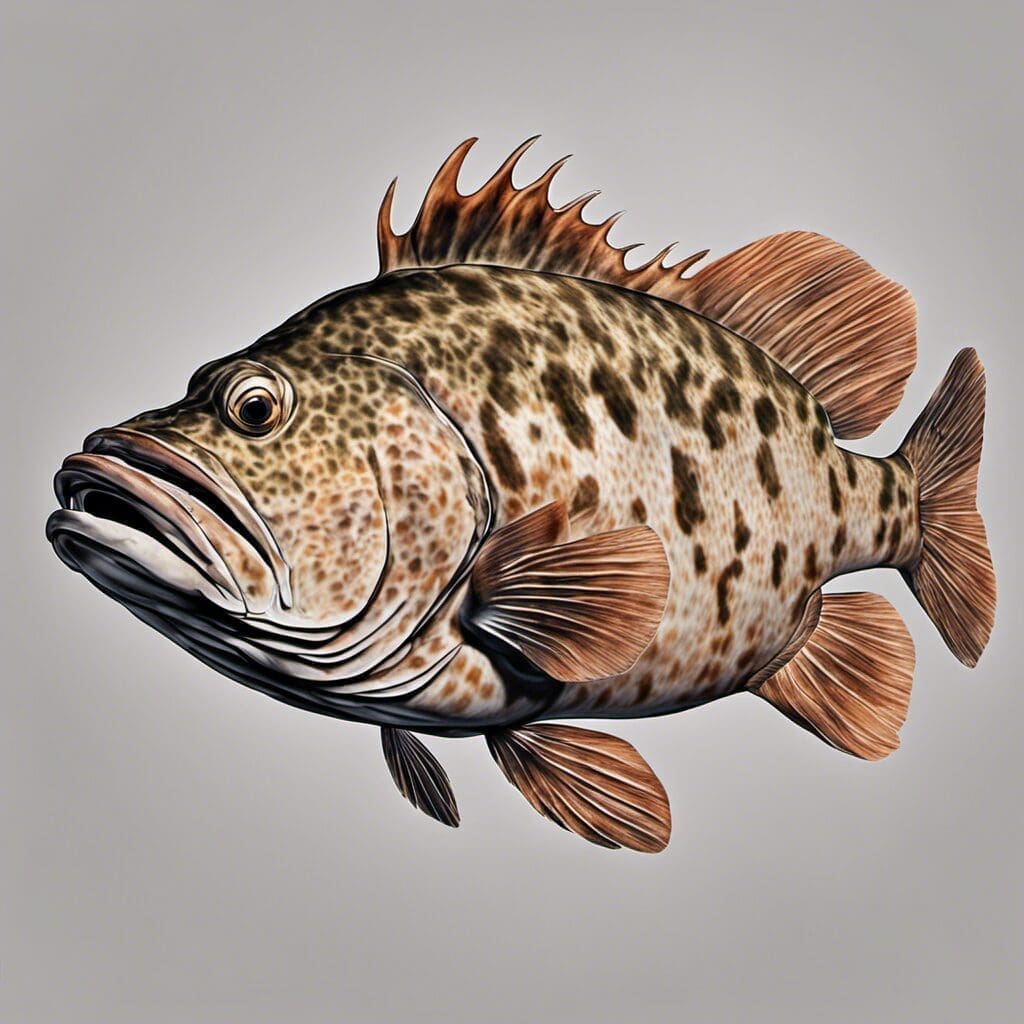Introduction
The Comb Grouper, scientifically known as Mycteroperca acutirostris, belongs to the Serranidae family. This exceptional species, characterized by its unique, serrated gills and distinctive color, is one of the tastiest and most sought-after in the angling world.
Conservation Status
As of today, the Comb Grouper’s current status registers as “Least Concern” on the International Union for Conservation of Nature (IUCN) Red List. Ongoing endeavors ensure their population remains stable, involving both preservation of their natural habitats and regulations placed on fishing quotas.
Statistics
| Average | Range | |
|---|---|---|
| Length | 80 cm | 35-100 cm |
| Weight | 8 kg | 5-15 kg |
| Average Lifespan | 15 years |
Distribution
Native to both the Atlantic and Pacific Oceans, Comb Groupers dwell predominantly in certain subtropical regions. In these regions, they migrate closer to shore during breeding months, piquing from April to September.
Habitats
The Comb Grouper operates in both marine and brackish waters, demonstrating adaptability to varying conditions. They are typically found at depths of 10-40 meters and in temperatures ranging between 10-28°C.
When and Where to See
The Comb Grouper’s tendencies to move closer to shore during breeding months (April – September) provides an increased opportunity for sightings. The best times of day to spot them are early morning and late afternoon.
Best Fishing Locations
If you’re on a quest to catch a Comb Grouper, note the top destinations:
- Florida Keys, USA
- Biscayne Bay, USA
- Bahia Honda, Cuba
- Cay Sal Bank, The Bahamas
- Guantanamo Bay, Cuba
- Cayos Cochinos, Honduras
- Cozumel, Mexico
- St. Petersburg, USA
- Aruba, Caribbean Netherlands
- Bay Islands, Honduras
How to Catch
The Comb Grouper tends to respond favorably to live bait, such as small fish or shrimp. Effective fishing techniques include bottom fishing and trolling. Best times for successful catches are early morning or late afternoon during their active feeding hours.
Identification Guide
Known for its distinctive bronze or brown color, the Comb Grouper carries a series of dark bands or lines down its body. It differs from similar species by its pointed snout and a more elongated body shape.
Culinary Profile
The Comb Grouper offers a mildly sweet flavor with a firm, lean texture that holds well upon cooking. This nutritious, low-fat source of protein is well-suited to grilling, baking, and even raw sashimi-style preparations.
Additional Information
The Comb Grouper exhibits interesting feeding habits, predominantly hunting smaller fish and invertebrates. Predators include larger fish species and humans, with overfishing posing the most significant threat. While the Comb Grouper holds little to no cultural or historical significance, it remains a popular catch due to its sweet flavor and sport-fishing prowess.
References and Further Reading
Further information can be found in several marine biology and fisheries research publications which document the Comb Grouper’s behavior, habitat, and culinary characteristics. Commented readings include “Groupers of the World: a Field and Market Guide” by Matthew T. Craig and Paul C. Heemstra, and “The Living Marine Resources of the Western Central Atlantic” by the Food and Agriculture Organization of the United Nations. Take note, any included links should be opened in new tabs to avoid navigation disruptions

